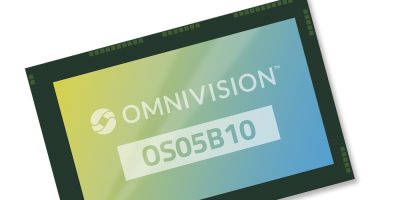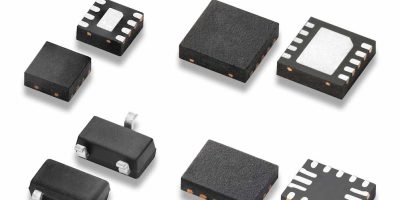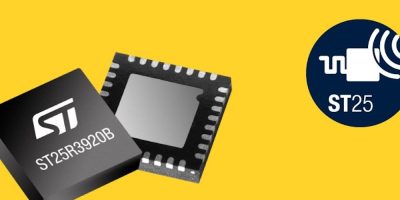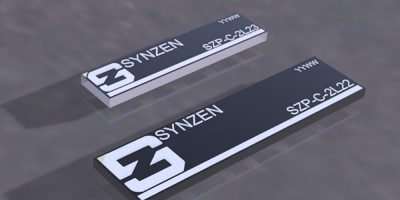The OS05B is a 5Mpixel CMOS image sensor has a 2.0 micron pixel in a 1/2.78 inch optical format that has high sensitivity and dynamic range for professional and high end security cameras, said Omnivision.
The OS05B CMOS image sensor can also be used in industrial and factory surveillance systems, webcams and high-end baby monitors. It is based on the PureCel Plus technology and features Omnivision’s Nyxel near-infrared (NIR) technology for crisp, clear images in low light conditions.
According to Cheney Zhang, senior marketing manager at Omnvision, the OS05B, is available as an upgrade to the OS05A image sensor, introduced five years ago. It is claimed to have the best NIR QE and low-light performance in a 5Mpixel, small package size. “The OS05B is ideal for professional security cameras, for example in industrial and factory applications, where it is important to capture clear video at night while also maintaining low power,” he added.
Signal to noise ratio has been improved by 32 per cent, compared with the OS05A, and NIR QE at 940nm is improved by 24 per cent. The OS05B also has selective conversion gain which increases sensitivity and reduces the readout noise level for optimum SNR under low-light conditions. Low conversion gain also achieves a higher full well capacity in bright conditions. It captures high resolution video at 60 frames per second with two-exposure staggered HDR. The OS05B supports MIPI and LVDS interfaces.
Samples of the OS05B are available in Q4 2022, and it will be in mass production in Q1 2023.
Omnivision is a global fabless semiconductor organisation that develops advanced digital imaging, analogue and touch and display solutions for multiple applications and industries, including mobile phones, security and surveillance, automotive, computing, medical and emerging applications.







